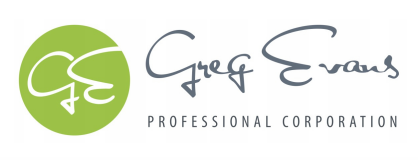Debt-to-Equity Calculation
Do you need investors? Are you unsure about how potential investors will view your business?
The debt-to-equity ratio is a tool that many investors use to assess how safe you are. As such, you should be paying attention to it too. You won’t have a clear picture of your financial leverage without it.
At GEPC, we can help you understand the role that this ratio has in your business. It’s time to take charge of your finances.
What is it?
The Debt-to-Equity ratio indicates the extent to which a business is funded by debt as opposed to equity. It can also be referred to as the amount of ‘leverage’ a company has. A ratio of 1.6, for example, would mean that for every dollar owners/shareholders put into the business, creditors have put in $1.60. If the ratio is one, that means that the business is funded in equal parts by debt and equity. The amount of ‘ideal’ debt varies by industry and on the state of the company itself. If a company is experiencing stable conditions and has a significant amount of cashflow, having a higher debt-to-equity ratio is suitable.
How will it impact your business?
When investors look into various businesses, they often investigate the degree of financial leverage a company has and how safe it is; debt-to-equity plays a strong role in this.
A low debt-to-equity amount is typically preferred, since this can indicate that shareholders in the company feel comfortable with reinvesting and profits have been used wisely.
There are industries in which having a high debt-to-equity ratio is preferable, though it is somewhat riskier. This occurs if the business is able to pay off their debts through cash flow. In this type of scenario, the company is able to use their financial leverage to benefit shareholders. Furthermore, since companies employing this approach don’t rely on shareholder equity as much, there are fewer of them; this results in larger returns for the few shareholders they do have.
However, it’s possible for the debt-to-equity ratio to get too high, even for businesses that are intentionally using this approach. There is little security for investors since shareholder equity will likely not be enough to cover outstanding debts in the event of an economic downturn. If a company is perceived to be risky, the interest on loans will go up substantially if available at all, the cost of equity will rise, and share prices will be negatively impacted. For businesses that find themselves unable to cover their financial obligations through their cashflow, this is not a good position to be in.
ready to take action?
You can sell stock to increase working capital, reduce financial liabilities, and focus on slow growth so debt does not rise exorbitantly in comparison to income if you are interested in having a low debt-to-equity ratio.
You can also find out if having a higher debt-to-equity ratio is suitable for your business by consulting with professionals. In this case, you should be aiming to make sure that monthly cashflow can cover financial obligations.
Want more information?
Schedule a free consultation at gregevans.ca or (705) 880-2224 to learn more about what we have to offer. It all starts with a conversation.

